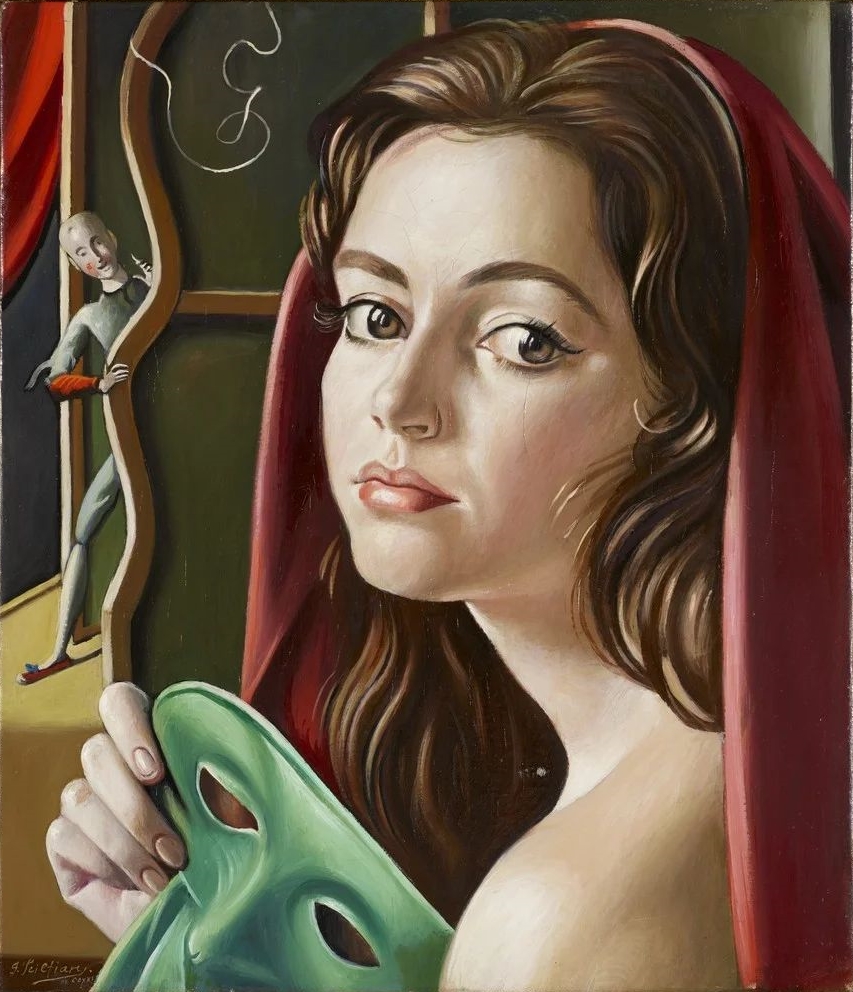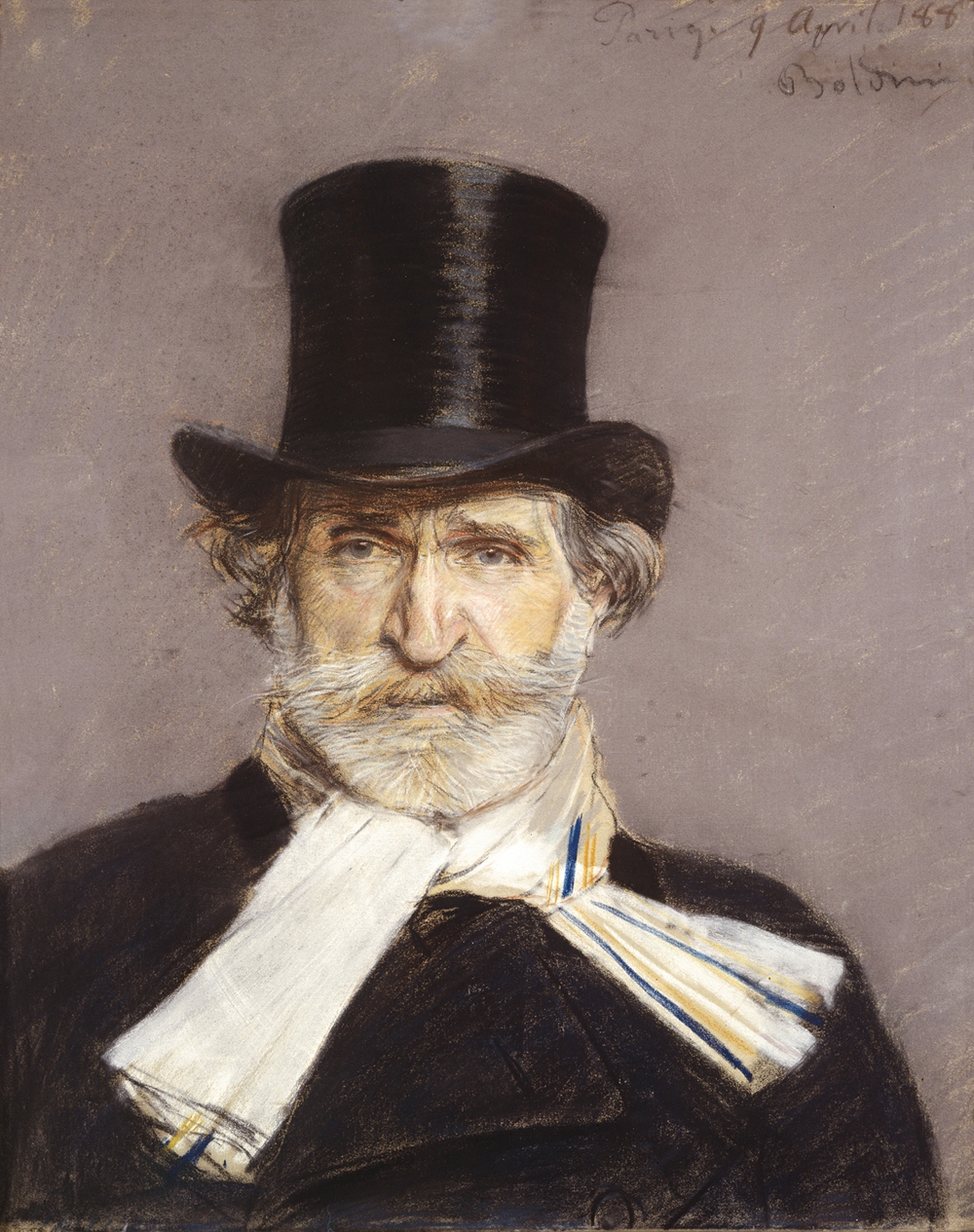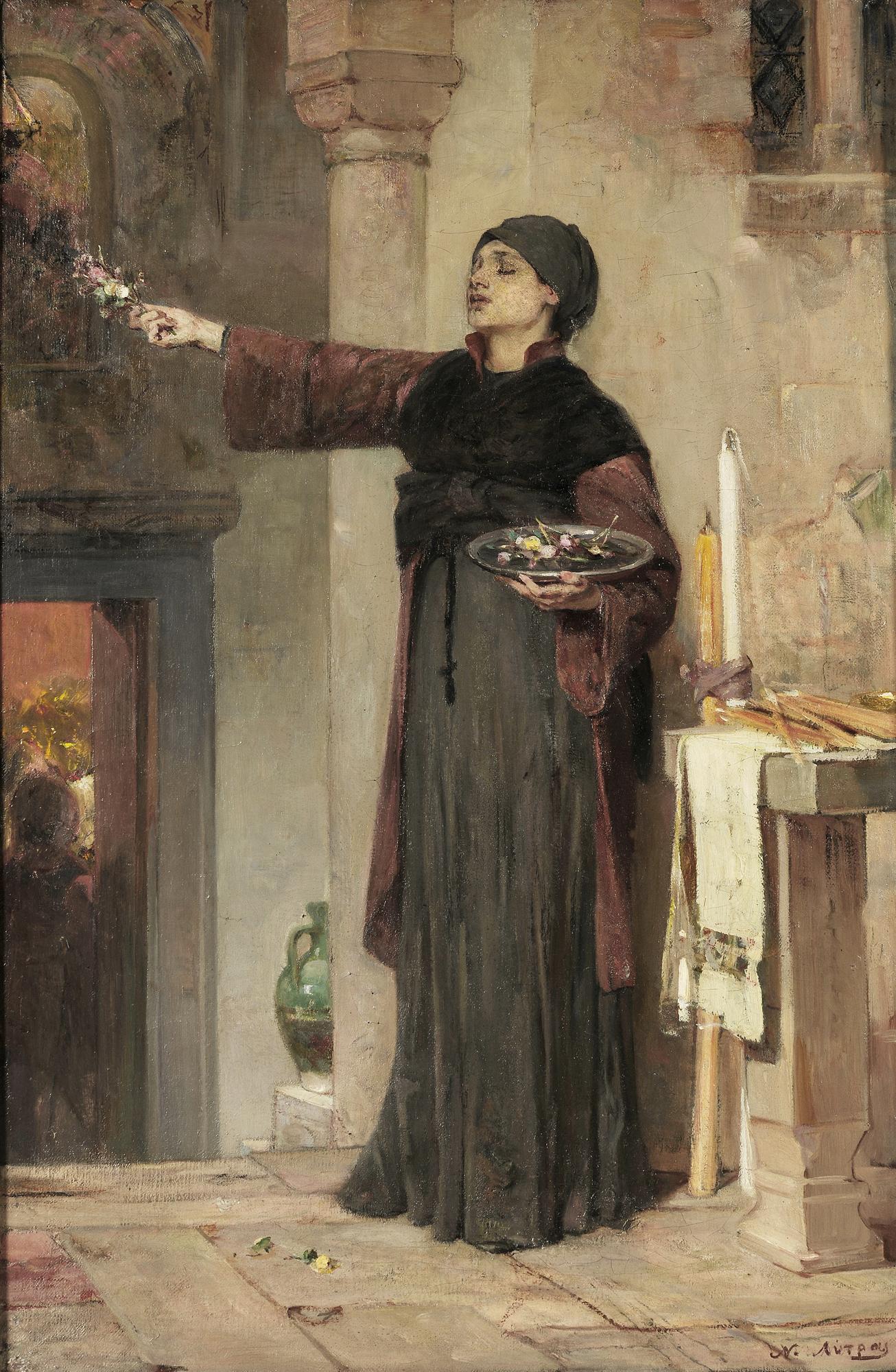Helga Amélie Lundahl (26 May 1850 - 20 August 1914) was a Finnish painter.
She was born in Oulu, the youngest of eleven children.
Her mother died when she was three months old and her father, Abraham, a Town Representative (public prosecutor) died when she was eight.
From 1860 to 1862, she attended the "Svenska Privatskolan" in Oulu.
















